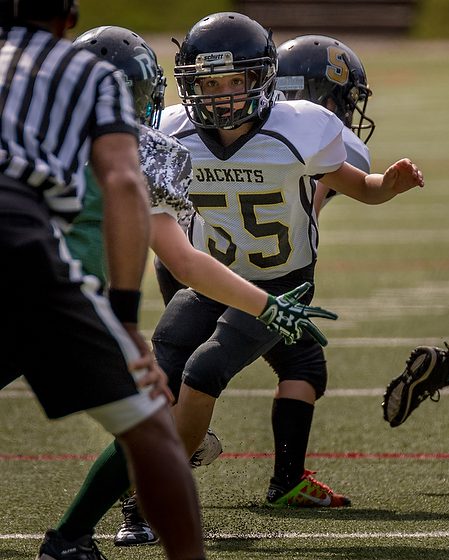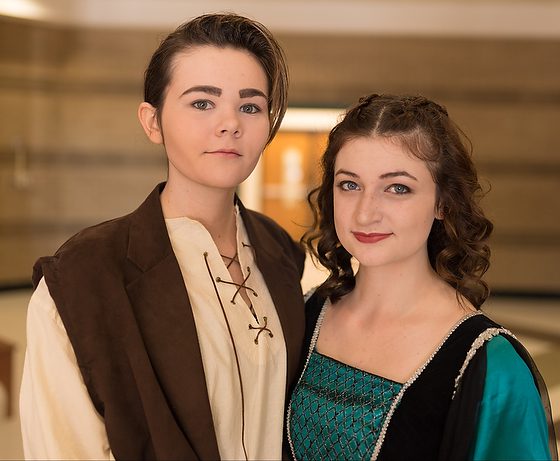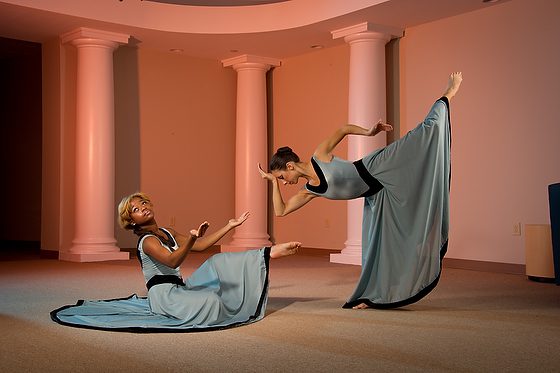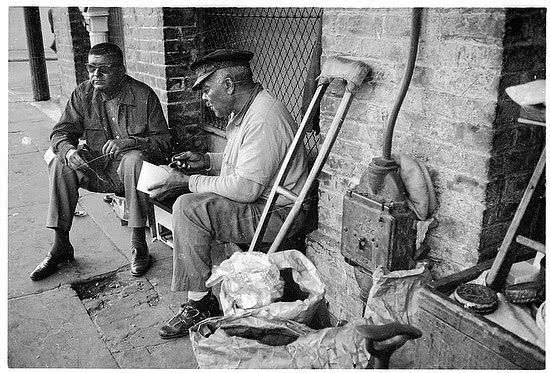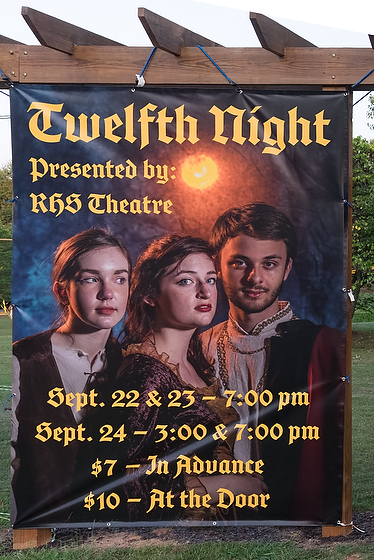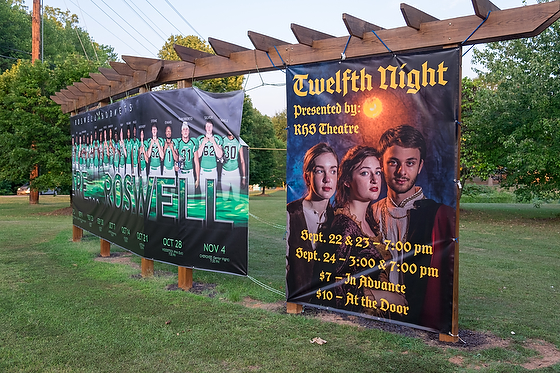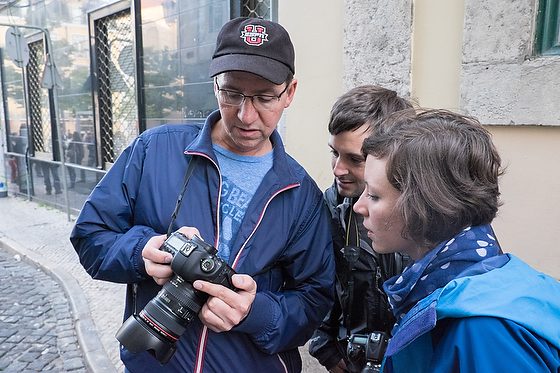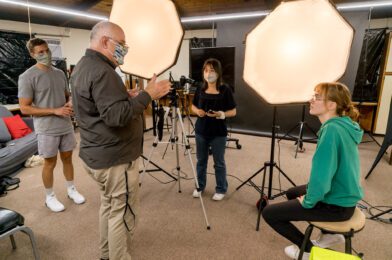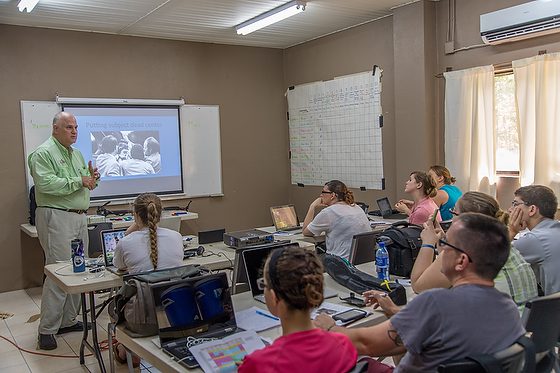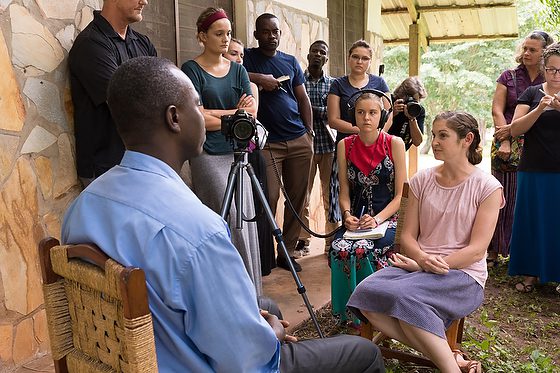| |
| Nikon D3S, AF-S NIKKOR 28-300mm f/3.5-5.6G ED VR, 4–Alienbees B1600, ISO 200, ƒ/11, 1/160 |
For the past 20+ years, the photography community has been pushing for photographers to know their rights. So naturally, copyright is at the top of that list. Right next to it was, you know, the cost of doing business.
I even perpetuated many of these tips that photographers needed to know to be sure they were running a healthy business.
Before 2002 quality images were hard to come by versus today, where almost daily, the amount of well-exposed, in-focus images happens faster than we can calculate. The reason I picked the year 2002 is that is when a 6-megapixel camera went from $25,000 to under $2,000. The price reduction made it very affordable for the masses.
Today there are so many images available that, for the most part, photography is now a commodity.
As photographers were pushing for more from customers and trying to explain why they must get more money, the customer needed them less and less.
Let me start the business lesson we never did for photographers in the past. We need to start running our business based on the customer/audience.
 |
| Nikon D100, Sigma 70-200mm f/2.8 EX DG APO OS HSM,, ISO 200, ƒ/22, 1/160 |
What is the customer’s problem?
The best possible customer for you is the one going through a significant crisis. You can be the superhero and help save their business. You can see their problem and have a solution that will not only fix the problem but also help them be more successful.
The reality is that this is your only kind of customer. Businesses don’t spend money on things that will not help them reach their objective. At least we know they cannot afford to do that very often without going out of business.
Next, you need to figure out how much it costs to provide that solution to the client.
If you don’t know the problems you are solving for a business, you cannot figure out what you need to be doing in the first place.
 |
| [Nikon D5, Sigma TC-2001 2x, Sigma 120-300mm ƒ/2.8 DG OS HSM | S, ISO 36000, ƒ/5.6, 1/4000] |
Do the math
Now, this math you are going to do has two parts. First, you have ongoing expenses, which you must spread over all your jobs. Your prices are not just what money you need to pay for your home budget but also your business budget. Your business budget includes your gear, costs to find out about customers, and expenses to communicate to them about your solutions. Remember, you have to do all this because they may not hire you, and you still have to pay for it.
It would be best if you spread this cost of doing business over all your jobs throughout the year. Maybe that figure is about $600 per average job you must build into the price.
Next, you must do your math again and add up all the expenses to do the specific job to solve this client’s problem.
You add these together, and this is what you must make to stay in business.
How you arrived at this price or what this figure is should never be discussed with the client. Therefore, your pricing breakdown is for you only.
Now, if you have a client, for example, in a ditch with their car in the middle of nowhere, and you have a tow truck and are there to help them, you are in a great position, especially if they are in a hurry. So this is when you can get a lot more money than had you been in a large city with many more options for the customer to choose from than just you.
Take the time to know your market and what others are charging.
Determine your Target Audience
Now, you have a problem if the going rates are lower than the figure you need to charge. You will need to convince people somehow that you are a better solution. That is possible because an oil change can run from $19.95 to $20,000 for a Bugatti Veyron.
Believe it or not, there is a formula for true luxury, and it is called the Intrinsic Value Dependency Index. Now I am not an expert in this, but in general, a product must be of the best quality and, in the process, creates a space in its own market. This item must be rare as well. True luxury comes with over-the-top service as well.
When you get a $20,000 oil change, they are doing a lot more than you driving into a bay and staying in the car while they change your oil. Instead, they offer your wine, Champaign, or an excellent latte. Good chance they even picked up your vehicle from your home and brought it back to you at your convenience.
Once you know the figures you need to charge, see the marketplace, and decide where you want to be in that market, you not only set your price, you create a marketing plan to execute.
You have a website, portfolio, brochures, business cards, and other materials you will use to help showcase your work, which is a solution to the customer’s problem.
Going back to the side of the road with our customers in distress, you give them your sales pitch. I am here to help you. I can have my limo driver come and pick you up and take you to where you need to be next, and while that is happening, I can get your car out of the ditch and bring this to the repair shop of your choosing. If you don’t have a repair shop, you prefer I have a few that I regularly use that will work with your insurance and get you back up and running.
They love it and ask you how much. You give customers the price, and they gladly pay. Your limo driver picks them up, offers them some beverages, and takes them to their appointment.
Your business is about you solving other people’s problems. The key is more than the cost of doing business, copyright, or having the latest camera gear. Knowing your client first and foremost is the key.
Photography/Video/Multimedia is the tool for solving problems for customers. Those who are the most successful are not waiting by the phone like a plumber getting a call because a toilet overflowed. Instead, the most successful are Steve Jobs creating products to solve problems for clients they didn’t even know they had until they saw the solution.
Summary:
- Start with the problem of the client
- Come up with a solution to that problem
- Know all the costs involved in providing that solution
- Create the sales pitch that addresses their problem with your solution and how the outcome will look if they use your services.
- Create a price that will cover your costs and help position your services within the marketplace. Hopefully, one that is a luxury and not a commodity.
The secret to a successful business is focusing on solving clients’ problems.




